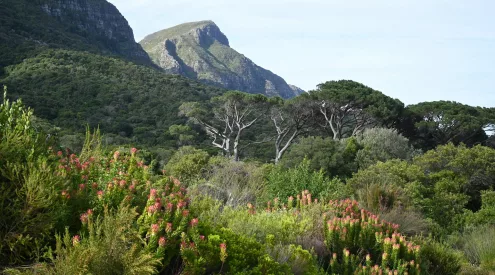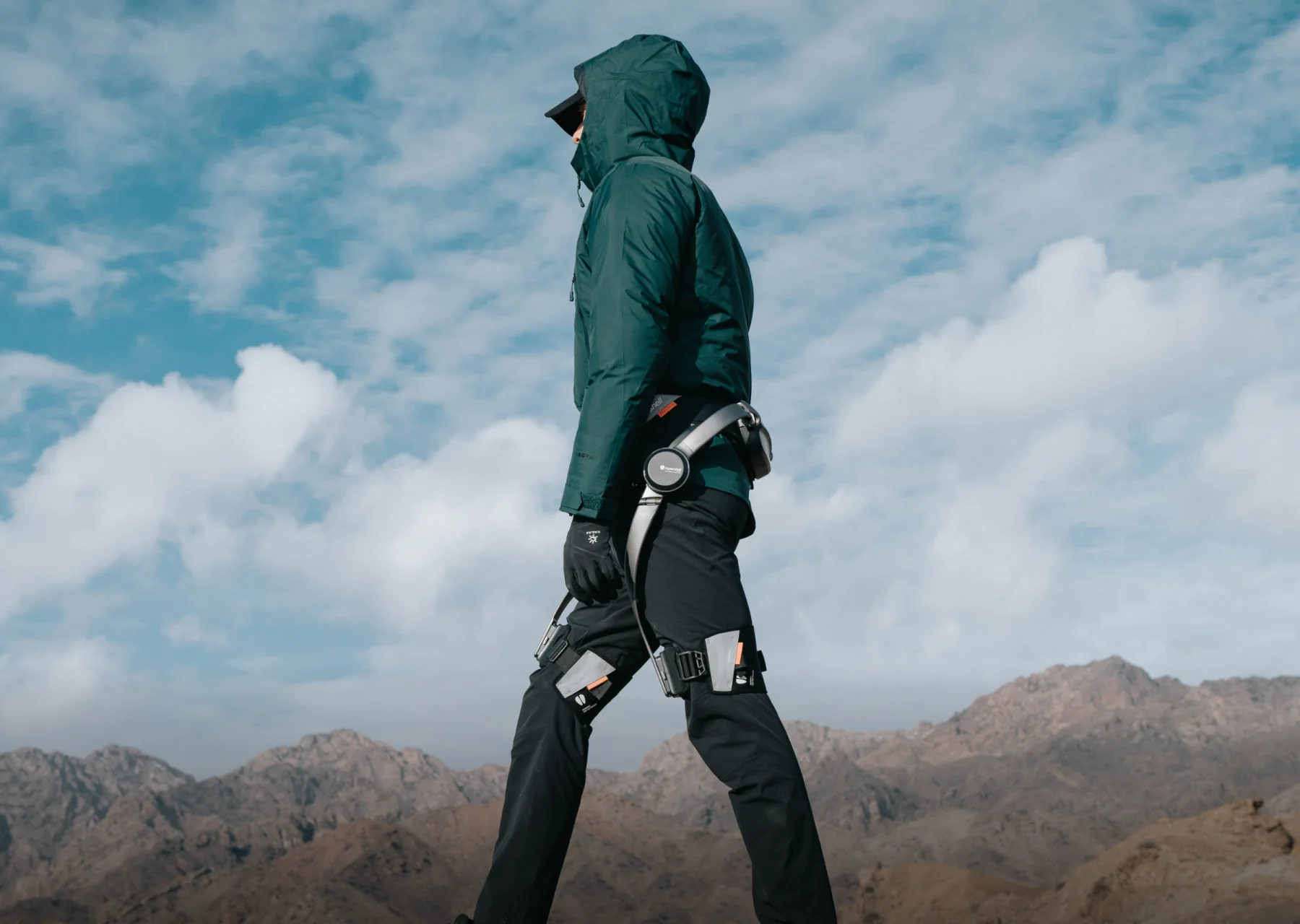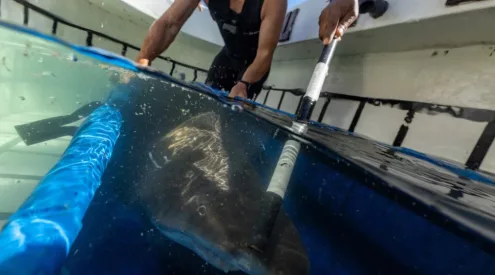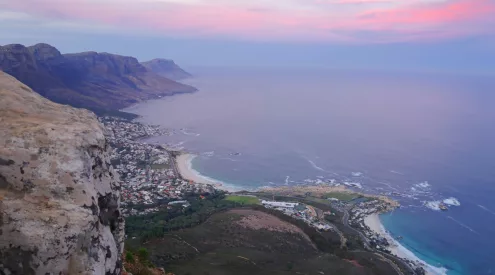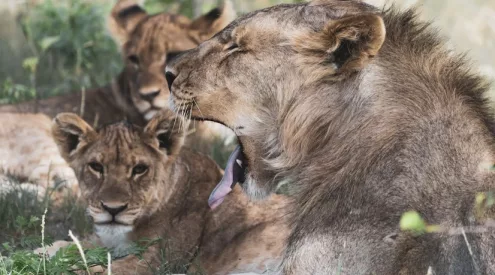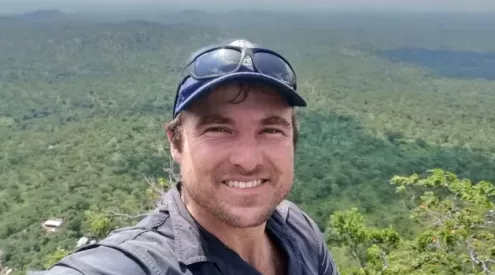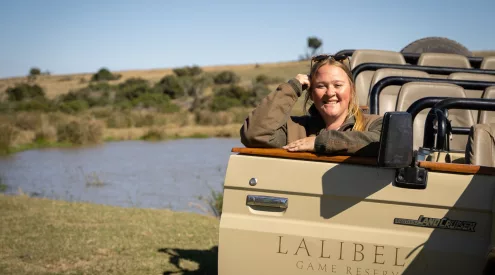Image by Sipho Kings
News broke this morning of a dehorned rhino carcass, discovered by rangers on patrol in the Marakele National Park in Limpopo Province. The news was particularly distressing as Marakele has not had an incident of rhino poaching in the last two years. This is, however, just the latest event in an ongoing saga which has attracted huge amounts of attention and concern among the South African public. Even in Cape Town, the furthest corner of the country from where rhinos are being killed in the highest numbers, cars drive around with red plastic horns emerging from their bonnets – a sign of support for anti-poaching initiatives. Among a public which is so concerned over the fate of one of the more mysterious members of our iconic “Big 5”, there has been great debate over the best ways to combat the problem of rhino poaching.
Authorities have made aggressive moves in order to battle poaching, including the involvement of the army, and the employment of unmanned aerial drones, used to scan large areas for poachers and send images and GPS coordinates to teams on the ground. What is clear, however, is that these measures are not sufficient, as rhino deaths are on the increase. According to the Department of Environmental Affairs, 488 Rhinos had been poached in South Africa by 18th July, more than two thirds of the 668 killed in the whole of last year. Despite our best efforts then, it seems we are failing in the mission to end the supply of illegal rhino horn.
Basic economics tells us, though, that trade in any commodity relies not only on the supply of that commodity, but also the demand for it. It is this demand that has been the focus of a recent initiative spearheaded by Kingsley Holgate, iconic grey-bearded traveler and activist. As reported by the Mail & Guardian, part of Holgate’s recent “Izintaba Zobombo Expedition” (travelling the length of the Lubombo Mountains) involved asking children in communities he and his team passed through to draw posters depicting what they felt about Rhino poaching. The idea is that if these posters could be sent to young people in the countries which generate the largest demand for rhino horn, they might have some impact on the attitudes toward its use in these countries, thus quelling the demand for the product. Posters drawn by some of these children include images of the beloved animal, as well as messages relating to concerns over the impact of the trade on local communities – “lots of people will lose their jobs . . . and hunger [will] occur”.

Image by Sipho Kings
It is difficult to know what the prospects for getting messages to children in Asian countries (the main market for Rhino horns) would be. But this initiative is definitely a refreshing approach to the issue. If it could somehow be conducted on a large scale, and some concern for the plight of the beautiful animals could be generated in the young and impressionable in consumer countries, who knows what impact it might be able to have on the demand for rhino horn. While continuing to generate awareness of the plight of rhinos amoungst South Africans may be important, very few of us actually play a role in the economics of rhino poaching. If more can be done to raise awareness or concern amoungst the people who fuel the trade through their demand, we may be able to fight rhino poaching from both sides of the economic scale.

